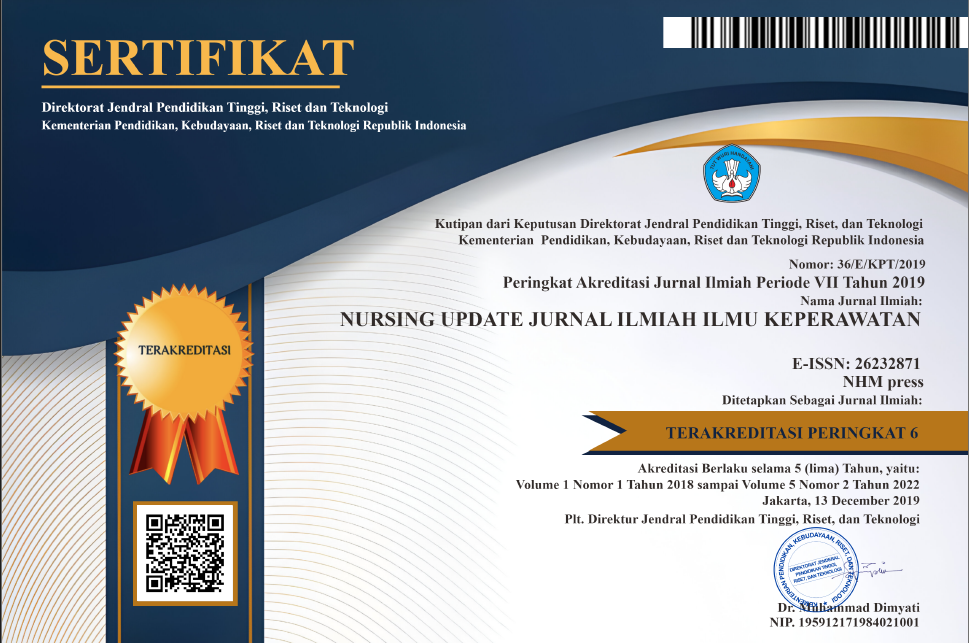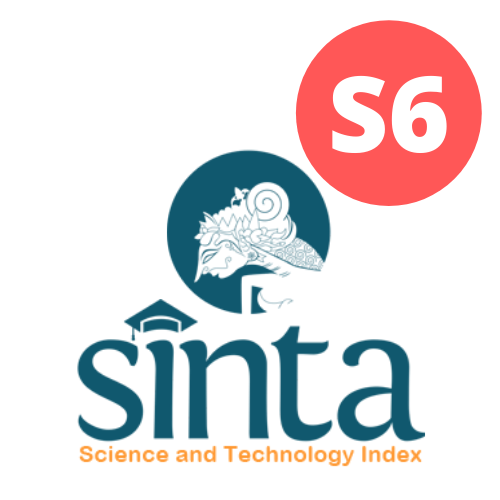EVALUASI PROGRAM GERAKAN SANITASI TOTAL BERBASIS MASYARAKAT (STBM) DI WILAYAH KERJA DINAS KESEHATAN KABUPATEN BOMBANA
Abstract
The total population is 287.70 million people, people who practice open defecation are 30, 31 million people. Access to sanitation nationally reached 81% with 30,636 ODF villages/Kelurahan. In Southeast Sulawesi, the realization of the number of villages/kelurahan that implemented STBM only reached 46.60%, not yet reaching the national average of 60.99%. The purpose of the study was to evaluate the Community-Based Total Sanitation Program (STBM) in Controlling the Community Environment in the Work Area of the Bombana District Health Office, Southeast Sulawesi Province in 2021. This type of research was a qualitative research with a qualitative descriptive design. Informants in this study included: Head of Public Health Division and Head of Environmental Health Section and sanitarian Puskesmas and STBM managers, village officials. Human resources include community elements (local Village Government) as coordinators and community mobilizers; The Bombana Health Office through the public health sector, the environmental health section, acts as a verifier and mentoring staff from the Public Health Center in the Public Health sector as mentoring staff for triggering the STBM program. The availability of infrastructure that triggers the STBM program is still lacking. The policy from the Health Office is to increase the achievement of the STBM program through budget allocations from DAK and DAU which are given to village work areas that declare STOP open defecation (ODF). The planning process involves community elements as program targets through internal village meetings and Musrenbang level. Monitoring and monitoring activities are carried out by the Health Office as a verifier and sanitarian officer of the Puskesmas. The achievement of STBM indicators has not met the target, which is still reaching 40% of the National target of 75% of all STBM indicators. It is necessary to set a definite time target for the STBM program to be able to run according to the target set and it is hoped that there will be assistance and participation of the community and the Health Office in sending STBM reports.










